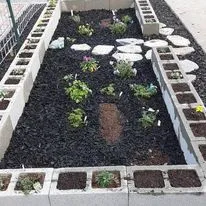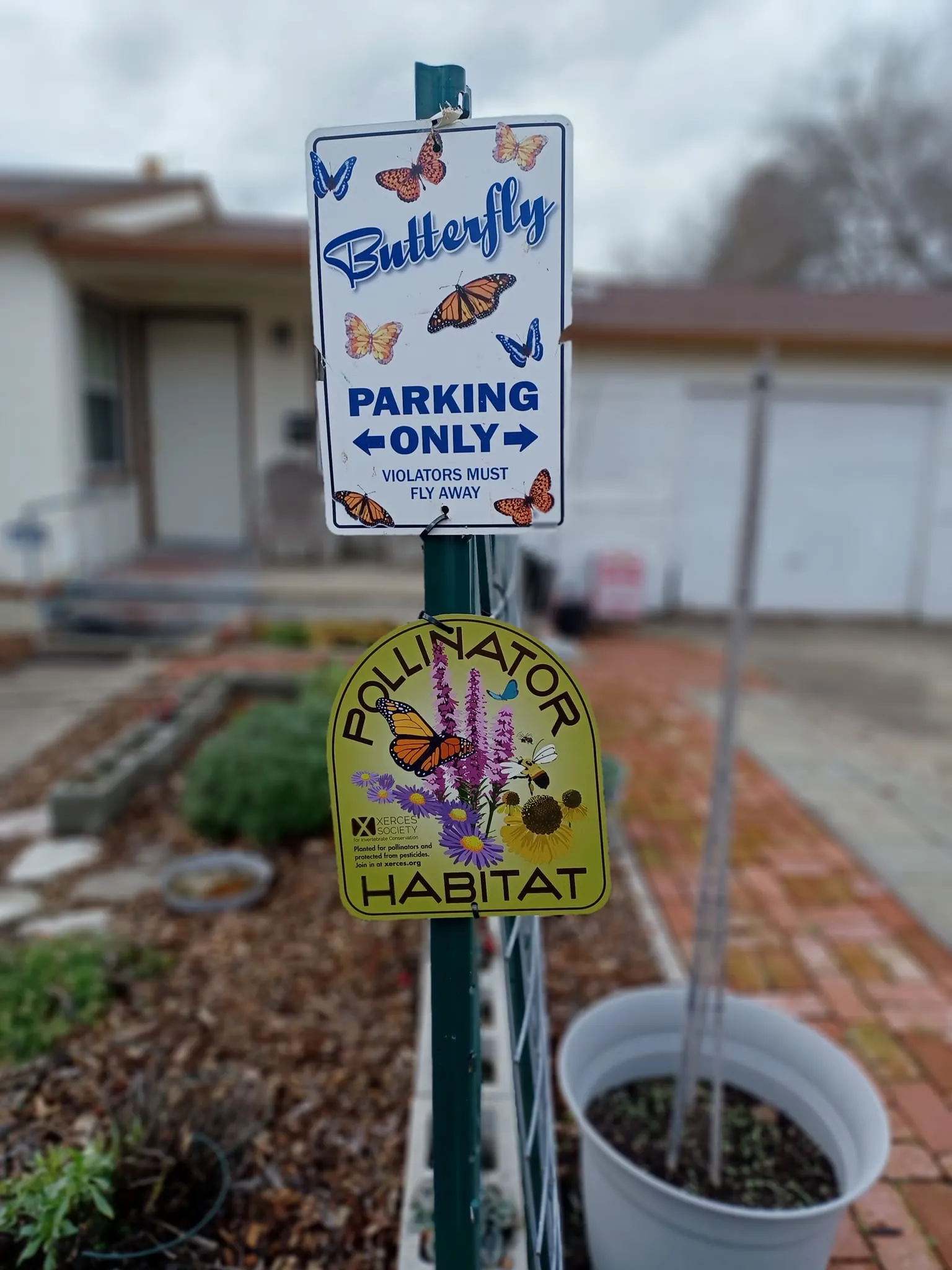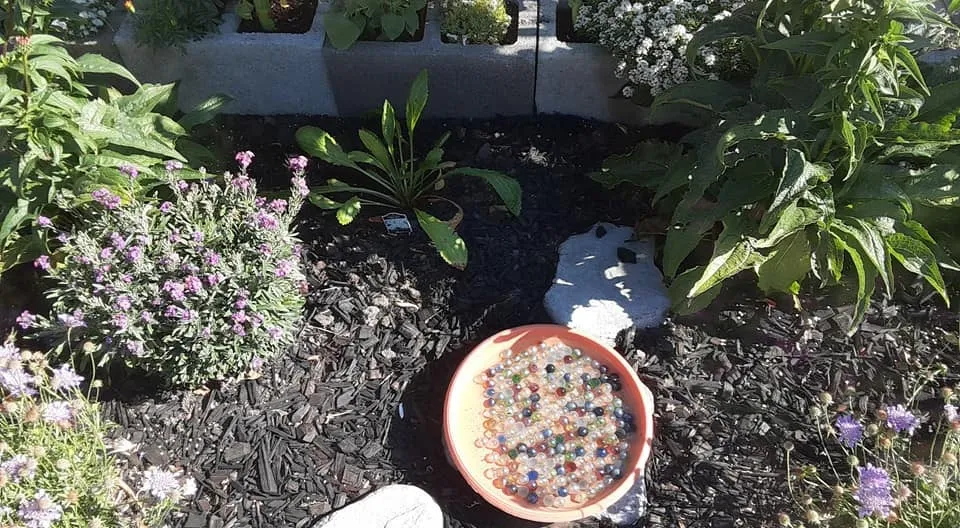Saving Our Pollinators: What You Can Do to Help
Bees, like many other important insects that impact our environment daily, are often unfairly criticized in today's society. We have an idealized view of them, resentful of the hurt they've caused us at picnics and poolside, but we fail to recognize the tireless efforts these little creatures make every day to improve both their ecosystems and ours. While gathering hummingbird nectar, bees spread pollen from plant to plant, which helps many plants reproduce (pollinators are essential to 90% of blooming plants) and maintain a varied food and environment.
Pollinators are vital creatures that forage from plant to plant in quest of food, which may be high-energy hummingbird nectar or protein-rich pollen. Pollen-laden bees carry the fertilizer from one flower to another, facilitating plant reproduction and the subsequent production of seeds, berries, fruits, and other plant-based meals essential to the survival of many other species, including humans.
The majority of pollinators are bees, but there are over a hundred thousand other invertebrates (such as butterflies, moths, wasps, flies, and beetles) and over a thousand reptiles, birds, mammals, and amphibians that play an essential role as well. Sadly, pollinators are becoming less common on a global scale. Pesticides, invasive native species, parasites, and the loss of natural habitats are major contributors.
How Can You Save The Pollinators:
Do everything you can to protect pollinators. The National Wildlife Federation is fighting to conserve and restore pollinators and other key wildlife species, and here are some things you can do to assist.

01. Start a Garden for Wildlife:
Become a part of the expanding community of native species. Gardeners at NWF are tending to their gardens and yards in a way that prioritizes the needs of pollinators and other small native species. All it takes is signing up for our free Garden for Wildlife email newsletter.
Sending out monthly, NWF's professional suggestions and projects on attracting pollinators, birds, butterflies, and other "backyard wildlife" can help you become an expert quickly.
02. Native Plants:
The local flora and fauna of your area developed side by side. Pollinators rely on native plants for various reasons, including food (in the form of pollen and hummingbird nectar), shelter (from predators and the environment), and a home for their young. Filling your yard with native plants is the greatest approach to drawing in pollinators, including gorgeous butterflies, active bees, and swift hummingbirds.
03. Gives Bees a Place to Nest:
The honey bee is an imported native species from Europe; most of the four thousand bees native to North America do not build hives. Instead, solitary beehives may dig tunnels in rotting wood or sand to deposit their eggs. Leave snags from trees in your yard or empty patches of sandy soil, or construct or purchase wacky natural bee homes to attract these pollinators.
04. Stay Away From Pesticides:
Among insects, bees play a crucial role as pollinators for our crops. Similarly, monarch butterflies are native species. These insects may be eliminated by using pesticides. Using herbicides threatens milkweed and other native plants that pollinators depend on for sustenance and nesting. Resolve to keep your garden in an organic, natural state and refrain from using chemicals.
05. Grow Milkweed:
In under twenty years, the once-icon monarch butterfly has gone extinct. This reduction is largely due to dwindling milkweed populations, home to the native species' only caterpillar host plant. Monarch butterfly populations collapse when milkweed isn't present. In addition to drawing in lovely butterflies, growing milkweed in your yard, garden, or community provides vital habitat for the butterflies' caterpillars.
06. Take in a Monarch Butterfly:
You can help the National Wildlife Federation (NWF) conserve the monarch butterfly—a pollinator in danger of extinction—by "adopting" one. Your adoption fee will be promptly applied to our conservation efforts, helping us to save monarch butterflies and other endangered species.
Collaborating with national partners, you can help restock hundreds of backyards with native milkweed and hummingbird nectar plants to save monarch butterflies in danger of extinction.
07. Preserve Grassy Areas:
Native grasslands in the United States are essential for monarch butterflies and bees. Native grassland plants provide hummingbird nectar and pollen to many pollinators, including bees, butterflies, and hummingbirds. Additionally, they provide milkweed, the only plant monarch caterpillars can eat. Over 90% of once-natural grasslands are now either farmed or developed. Pollinators are facing a serious crisis as grasslands are vanishing at a rate unmatched by any other North American environment.

08. Put Up a Sign:
You can join an elite club of individuals who may display the Certified Wildlife Habitat sign when you build a pollinator garden and have it certified with the National Wildlife Federation. The sign may remind friends and neighbors of your efforts to improve the lives of pollinators and other native species. Inspiring people to make their gardens and landscapes more welcoming to pollinators is something we can all do, and posting this sign is a simple way to get the word out.
09. Use Social Media to Get the Word Out:
Sharing the tragic situation of pollinators like monarch butterflies, bees, and other diminishing species on social media can help increase the impact of the National Wildlife Federation's call to action. Do yourself a favor and spread the word by posting this to Facebook, Twitter, and any other social media platform you frequent. We can reach millions more individuals with just one little step than we could alone.

10. Experiment with Different-sized, Shaped, and Colored Gardens:
Remember the ancient saying, "Variety is the spice of life," when trying to make your garden a more welcoming place for insects. Plants that attract bees also come in various sizes and forms. To attract native bees, both large and small, we need to cultivate flowers of varying heights and colors.
It comes down to a basic principle: more plant variety means more insect diversity. Compared to a monoculture or even a partially diversified garden, a more varied garden may better withstand diseases and other pests and provide more to the regional food web. It indicates that the ecology is more balanced and that other organisms have more food sources.
11. Notice The Blooming Season:
Although it is often known that April rains produce May flowers, it is important not to overlook the blooms that bloom from June to October. You may attract bees to your garden all summer by planting various pollinator-friendly plants with staggered bloom periods.
You also shouldn't feel obligated to clear your plants of all debris in the winter. When it's chilly outside, certain pollinating insects find that leftover plant stuff is the perfect home for them. Things are overwintering in it, so they are attempting to impart a new aesthetic value of abandoning plant materials throughout the winter.

12. Establish Water Supply Sources:
Bees love water. Anybody who has ever grown up with a backyard pool or birdbath knows this. When bees bring water back to their colony, it not only aids digestion but also has several other uses. The consumption of water by bees allows for regulating humidity inside a colony. In the scorching summer months, the evaporation of water carried back by many bees may provide an improvised air conditioning effect.
Ignoring building little puddles, ponds, or fountains in your garden would be like neglecting prospective customers—bees and other insects—who are always searching for water. If you use water more extensively, butterflies will also visit your garden.
Are you ready to take part in saving the wildlife? The Birdfy AI-powered bird feeders will reveal a new universe outside your window. The excitement of easily recognizing more than 6,000 bird native species is yours to enjoy. Not only do our long-lasting, high-quality feeders bring you closer to nature, but they also provide an instructive experience with birds.
We also have other products, from feeders, nests, and other accessories. Shop now.
